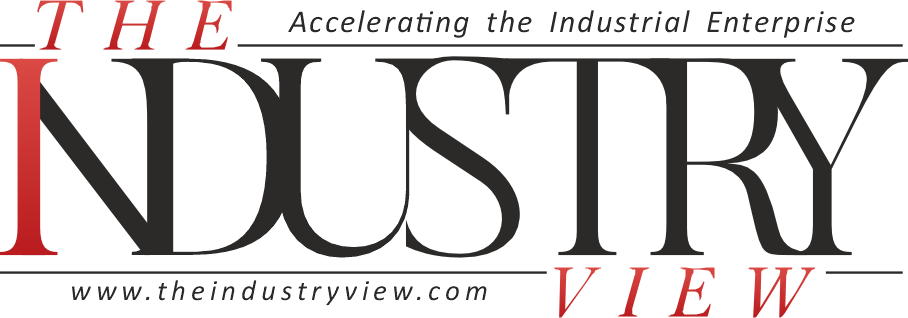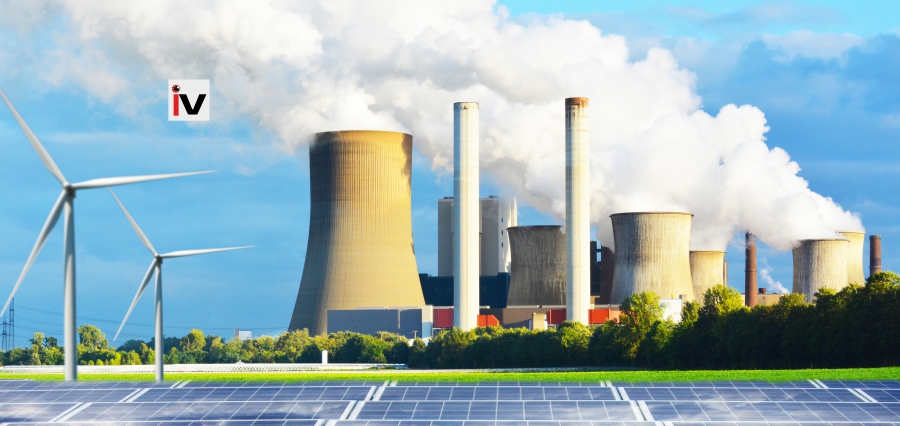According to a report by the CSIRO and the energy market regulator, nuclear power would be Australia’s most costly new energy source.
Even after deducting the costs associated with maintaining the reliability of the power grid while solar and onshore wind projects gradually become more and more integrated into the system, the electricity produced by these sources is the least expensive in Australia.
The GenCost 2023–24 draft report, which was made available for review on Thursday, contains the findings.
The estimates of the costs associated with nuclear energy are significant, according to Paul Graham, chief energy economist at CSIRO and main author of the paper. This is because the calculations are based on the real experience of a nuclear energy project in the United States that was canceled last month.
Each year, AEMO (the Australian Energy Market Operator) and the CSIRO publish the GenCost report.
It offers a yearly update on the projected costs for developing new energy storage and generating projects through 2050.
It projects the fluctuating costs of power generated by gas, coal, solar, wind, nuclear, biofuels, hydrogen electrolysers, and batteries and pumped hydropower.
The final 2023–24 report is scheduled for release in the second quarter of 2024, with the draft available for consultation until February 9, 2024.
This draft research states that the least expensive new-build technologies in Australia, both today and in 2030, are variable renewables (such solar PV and wind technologies).
Estimated costs for 2023 are displayed in the graph below.
A hypothetical small modular nuclear reactor (SMR) would provide the most expensive electricity in 2023, with a peaking plant powered by hydrogen coming in second.
That nuclear energy aspect is important.
The scientists at CSIRO believe that until recently, debates regarding the possible cost of using nuclear energy in Australia have remained theoretical since attempts to generate meaningful estimates have been hampered by a lack of data from completed commercial projects.
Nonetheless, it claims that important information on this subject was obtained from a recently shelved US effort to create a nuclear SMR project.
It states that stakeholders have advised GenCost that SMRs are the right size nuclear technology for Australia.
It states that most technology capital costs climbed by 20% in 2022 due to pressures from global inflation, but the US nuclear SMR project’s costs increased by around 70%, which led to the project’s cancellation in November of this year.
It states that current capital costs for nuclear SMR in this report have been “significantly increased” to bring them into line with the experience of that US project because real-life cost data had not been included in prior GenCost studies.
“The cancellation of this project is significant because it was the only SMR project in the US that had received design certification from the Nuclear Regulatory Commission, which is an essential step before construction can commence,” according to the paper.

